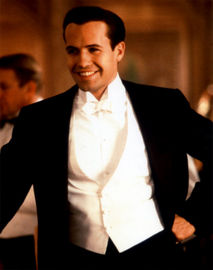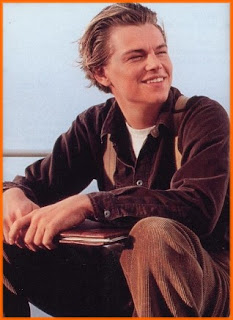The genre of our film could be called a romantic drama, it reflects conventions of the genre by showing and expanding on romantic relationships and affairs of the main character, Sally. The audience can see her love life and the ups and downs of this as well as arguments that ensue because of Sally and George's actions. However, there are elements that challenge this genre and go outside of what is generally considered to be a romantic drama. For example, it deals with teenage pregnancy which is usually found in drama's that do not really show the romantic side of things, it deals with Sally's reaction and who she decides to tell, hence the name, Deception. It could also be described as dealing with teenage alcohol use and the negative outcomes of this such as what happened with Sally and George and the pregnancy that resulted because of this.
 |
| Here Sally and her friend are pictured drinking vodka at the party. |
For our film we mainly took inspiration from the film, Juno. The ideas we took from this are part of the plot line that deals with teenage pregnancy, however Juno seems to deal more with how the pregnancy affects her everyday life whilst Deception shows mainly the immediate aftermath of the events that occurred at the party. Another part of Juno we really liked and wanted to emulate was the beginning title sequence that showed Juno on herself walking along a street to music, we thought that this title sequence was good and effective as it gave a glimpse into the characters life and established that this was the main character, the style of dress and music playing also gives indications on what the character is like. So for Deception we decided to film Sally walking along the street toward her friends house through an array of different camera angles from Sally's view point to long shots and close ups. The title sequence set the foundations for the rest of film as the audience begin to learn the story when she begins to tell her friend, Lizzie, the events that took place at her party.
 |
| Here Sally is shown walking to her destination like the film 'Juno.' |
 |
| This is the opening scene in 'Juno' were she is walking also like Sally. |
Four kinds of audience pleasure-
- Entertainment: what form of entertainment does our film provide? (see Richard Dyer)
- Information/education: may watch a documentary to learn something
- Role models: positive or negative, can look at how they behave, may be positive ways of handeling a situation, how people dress or behave etc
- Socialisation: enables people to have something to talk about, as they all have the fact they are watching the film in common, also older and maybe people that don't go out as much have a sort of friend when it comes to tv presenters or characters
Richard Dyer's theory of entertainment
There are utopian solutions, in your everyday lives you are missing something (lack) so in films they make up for what you are missing on that day.
Lack -
- Tired
- Bored
- Lonely
- Poor
- Ignorant/unaware
If you have a lack and a film provides things you are lacking then it will entertain you at that time. The things that are provided in the film are called utopian solutions. Pure entertainment films will contain utopian solutions -
- If you're tired, you need energy. If you sit and watch an action film its hypes you up and therefore you often feel less tired.
- If you're bored then intense events will provide entertainment, so very high highs and low lows. This is called intensity and can be found in many melodrama's.
- Community makes you feel less lonely, it gives you the feeling of what it would be like if you had lots of friends and company such as films about groups of people working together like Platoon and Wizard of Oz.
- If you are lacking money, while the film is on it shows you what it would be like if you had lots of money.
- If you're ignorant or unaware such as if you are not always being told the truth if people are hiding things from you etc. You may want to be aware of how people are thinking and so on, this is called transparency.
Our film provided audience pleasure by giving community. Watching our film when lonely will entertain the audience by showing Sally as having an array of friends as well as a boyfriend. There is also a party where you could assume many people have attended so it shows relationships and people socialising.
We took inspiration from 500 Days of Summer to characterise Sally. Films generally have opposites such as rich and poor and good and bad. Our film used the good and bad and Sally can be considered the bad character and James, the good. This is because she cheated on him and then lied about the father of her baby when James did nothing to deserve this. Summer's character in 500 Days of Summer is quite similar as she decides that she does not eventually want a relationship with a guy she is seeing after stringing him along for several months. In both cases genre themes are challenged as in many films it is generally the male that is made out to be the bad one, whilst the female is mostly the victim. We subverted this idea.
 |
| The character Summer in '500 Days of Summer' was used as inspiration for Sally. |






































